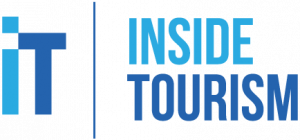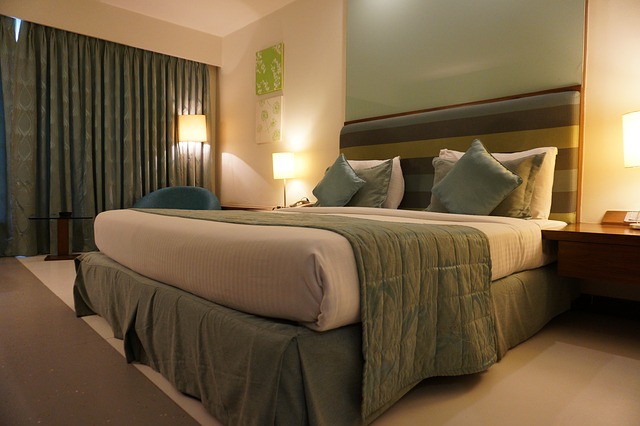Findings from the May 2022 Howath HTL results have shown a return of corporate and government business is driving weekday demand, yet occupancy rates decline as supply increases exceed demand growth.
Room rates appear to be holding but not keeping up with inflation nor with growth in overseas markets. In the meantime, hotel managers assist with cleaning rooms as staff shortages continue.
Revenue per available room (RevPAR) across the main New Zealand hotels reached $92 in May, an increase of 28 per cent on April, but well below the $104 reported in May last year and $122 prior to the pandemic in May 2019, according to data from Hotel Data New Zealand.
Average hotel occupancy was 53 per cent – 9 percentage points lower than May last year and 20 percentage points below pre-pandemic levels. Occupancy and RevPAR levels continue to be influenced by MIQ hotels (only some of which have returned to the market) and supply growth caused by the opening of new hotels and hotel expansions.
While the reported average occupancy rate for Auckland hotels was 10 points down on last year, total demand increased after a net supply increase of 15 per cent over the past 12 months. Supply increases of 8 per cent in Christchurch and Queenstown, and 7 per cent in Wellington have also contributed to the reported occupancy rate declines.
Hotel operators reported a strong increase of business travel, both domestic and international since the opening of the borders to Australia and other visa waving countries. There appears to be a strong desire for individuals to meet face to face as well as for small to medium size groups to meet in person, instead of using the video call platforms most were forced into during the past two years.
A Christchurch-based operator said it was like “the tap was turned back on” while a Wellington hotel owner reported that pre-COVID weekday and weekend patterns had returned with strong mid-week corporate and government demand. Auckland enjoyed strong weekday corporate demand on top of continuing weekend leisure business. This has already resulted in several hotels being short of housekeeping staff, forcing managers to assist with cleaning rooms, or alternatively leaving rooms un-sold.
Over the next few months, 28 MIQ hotels with circa 5600 rooms are expected to re-enter the market, adding circa 17 per cent to current room supply, mostly impacting Auckland, Christchurch and Rotorua. This will put further strain on hotels in these cities to attract and train a workforce that can deliver an experience that meets guest expectations.
Despite the modest occupancy levels and contrary historical trends, the reported average daily rate was ahead of last year in all key markets even though, at an average growth of 3.2 per cent, it did not keep up with inflation. Compared to May 2019, ADR has increased by 5 per cent.
The reported market rate growth in key markets is largely supported by new hotels that have opened during the past years such as the Park Hyatt, QT and Hotel Britomart, as well as by lower rated hotels being used for MIQ. Newly opened hotels have rightfully raised the bar in terms of quality and pricing, creating higher price expectations amongst consumers.
Yet ADR growth still appears somewhat below the growth experienced in other key markets around the world, particularly those that have opened up to travel earlier. According to STR, a global hotel data provider, average room rates in Australia for the period January to April grew by 14.5 per cent compared to the same period in 2019. Despite strong supply growth, rates in Melbourne grew by 7 per cent. Average rates in the USA and Europe reportedly grew by 9 per cent and 4 per cent respectively over the same period.
During the period January to May, rates across New Zealand dropped by 11 per cent and Auckland by 13 per cent. Data published by Trivago, an online booking website, show strong increases in hotel accommodation rates in May 2022 compares May last year, from 65 per cent in Vancouver, listing a room rate of US$315 for a standard double room to an increase of 39 per cent in Amsterdam with a listed standard room rate of US$245.
For New Zealand hotels to return to sustainable profitability levels amidst the current high-inflation environment and workforce shortages, they will need to be confident to lift room rates to a new normal and deliver world-class products and services. This will need to be supported by further easing of entry requirements for international visitors and further liberalisation of immigration settings to allow hotels to access qualified overseas hospitality workers.



